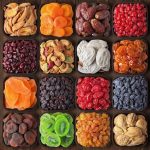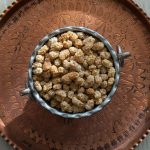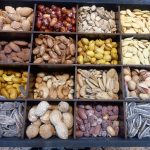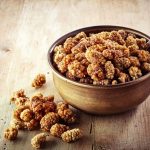Nuts and Dried Fruits and the Impact of Environmental Conditions on Their Quality
what will you read...
The Impact of Temperature on Dried Fruit QualityThe Impact of Humidity on Dried Fruit QualityThe Impact of Light on Dried Fruit QualityConclusion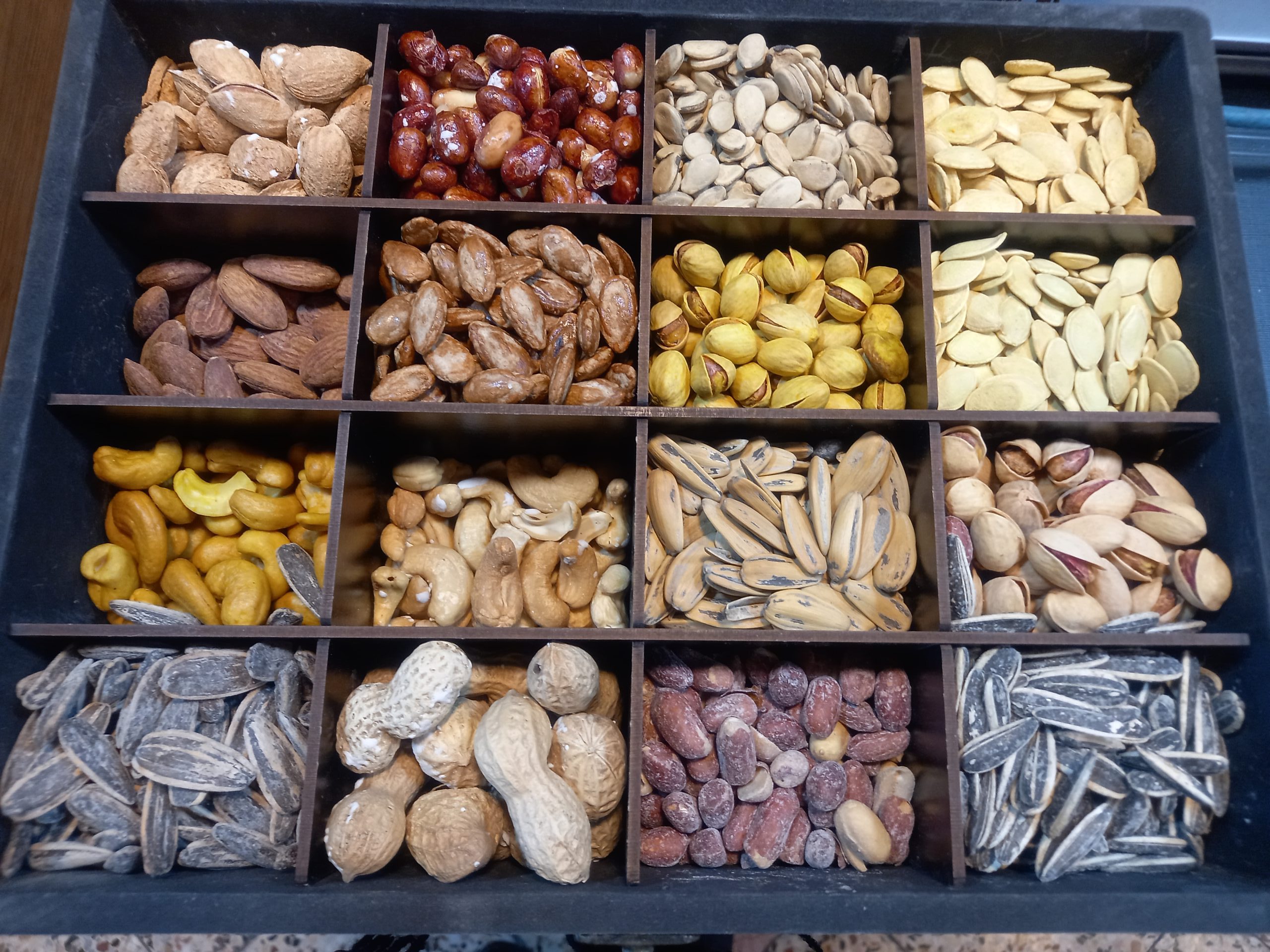
Nuts and dried fruits are among the most nutritious and popular foods in human diets. Their final quality depends on multiple factors, with storage conditions being one of the most critical. Temperature, humidity, and light can significantly influence the taste, texture, and nutritional value of these products. This article provides a detailed and scientific analysis of these factors and offers practical tips for maintaining the highest quality of nuts and dried fruits.
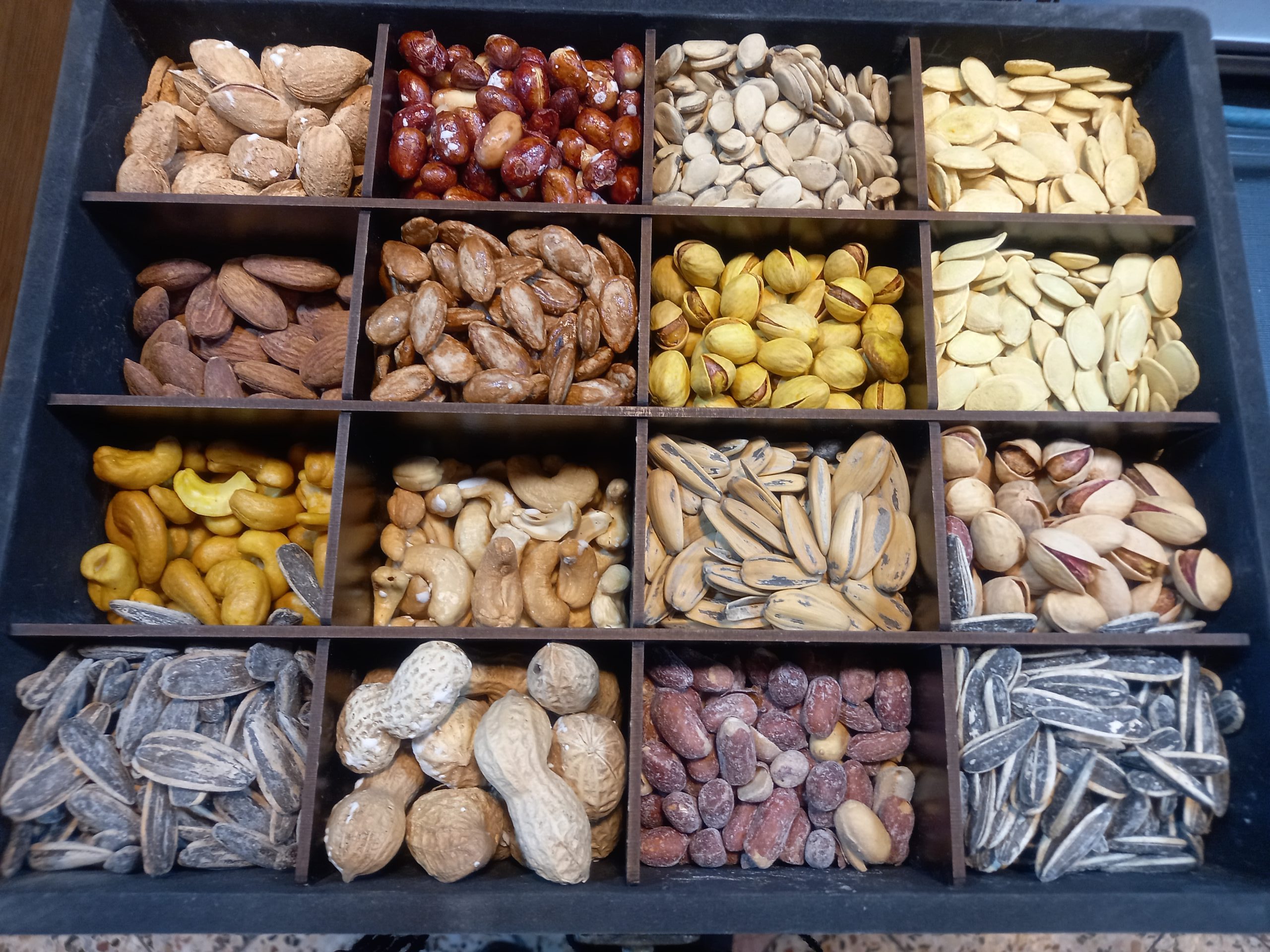
The Impact of Temperature on Dried Fruit Quality
Temperature plays a vital role in storing dried fruits. High temperatures and drastic fluctuations can accelerate the oxidation of fats found in nuts and dried fruits. This oxidation process leads to a reduction in nutritional value, chemical changes, and the development of unpleasant odors. Conversely, a stable low temperature can significantly prevent the growth of microorganisms responsible for spoilage.
Practical Tips:
- Cool Storage: It is recommended to store dried fruits in a temperature-controlled environment ranging between 10°C and 15°C.
- Avoid Temperature Fluctuations: Keep dried fruits in a place where the temperature remains stable, as sudden changes can cause moisture buildup inside the packaging.
- Smart Packaging: Using insulated packaging can help maintain an optimal temperature and preserve freshness.
These measures help maintain the natural taste, desirable texture, and extend the shelf life of dried fruits while preventing premature spoilage.
The Impact of Humidity on Dried Fruit Quality
High humidity is a major factor that can directly affect the quality of nuts and dried fruits. Moisture absorption from the environment increases the likelihood of mold growth and spoilage. Additionally, humidity can alter the texture of dried fruits and disrupt their original aroma and flavor.
Practical Tips:
- Choose a Dry Environment: Store dried fruits in areas with low relative humidity. Rooms equipped with air conditioning or dehumidifiers are good choices.
- Use Moisture-Resistant Containers: Packaging with moisture-absorbing materials or airtight layers can help control humidity effectively.
- Regular Quality Checks: Periodically inspect dried fruits for signs of moisture or mold.
By implementing these measures, damage caused by humidity can be minimized, ensuring the long-term preservation of product quality.
The Impact of Light on Dried Fruit Quality
Light, especially direct sunlight, can negatively affect the quality of dried fruits. Exposure to light can degrade compounds sensitive to ultraviolet radiation, reducing nutritional value and altering taste. Additionally, direct light can increase the temperature inside packaging, accelerating spoilage.
Practical Tips:
- Opaque Storage Containers: Using non-transparent containers or UV-filtered packaging can prevent light damage.
- Shaded Storage Areas: Store dried fruits away from direct sunlight to prevent temperature increases and quality degradation.
- Smart Storage Solutions: Utilize closed shelves or underground spaces where possible to minimize light exposure.
By following these guidelines, the nutritional value and original taste of dried fruits can be preserved, improving their shelf life.
Conclusion
The impact of environmental factors such as temperature, humidity, and light on the quality of nuts and dried fruits is undeniable. By following the tips and strategies outlined in this article, optimal storage conditions can be achieved, preventing the loss of nutritional value and maintaining product integrity. It is advisable to regularly evaluate storage conditions and apply necessary adjustments to ensure the best possible quality.




